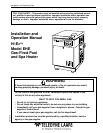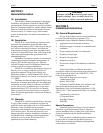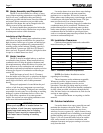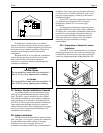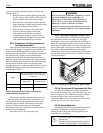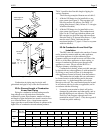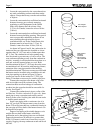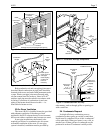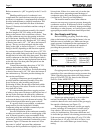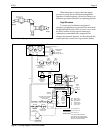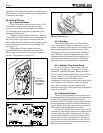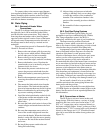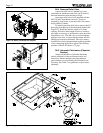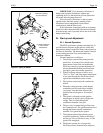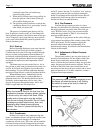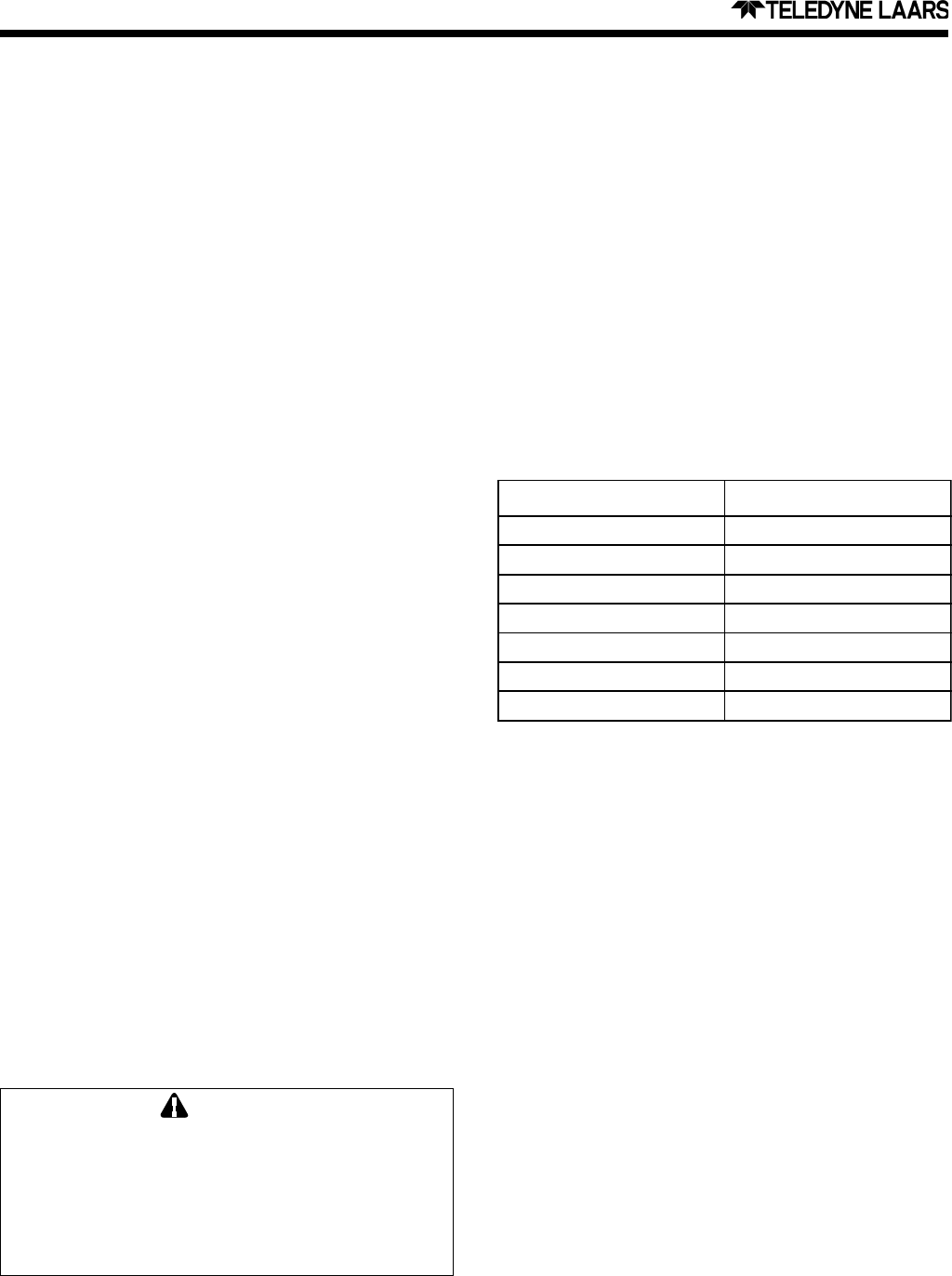
Page 2
2B. Heater Assembly and Preparation
The Hi-E2 can be installed in a variety of ways,
some of them requiring preparation or assembly in the
field. In all cases, condensate tubing and fittings,
which are provided with the heater, must be connected
and routed. Water connections are provided on the
right side of the heater but can be changed to the left
side by reversal of the water headers.
It is best to handle these preparations before the
heater is in its final location. Instructions are provided
in subsequent sections of this document.
Installation at High Elevation
The Hi-E
2 has a venturi-type combustion system
which does not require modification for operation at
high elevation. In this type of system, air and fuel gas
density changes are automatically compensated for,
assuring proper air/fuel mixture. Heating capacity is
reduced about 3 percent per 1000 feet (305 meters)
above sea level. In general, efficiency at high elevation
is equal to or better than at sea level.
2C. Heater Location
The Hi-E2 may be installed indoors or outdoors
as outlined in later sections. When installed indoors,
combustion air will often be piped to the heater and
this requirement may affect the choice of location (see
later section on air for combustion and ventilation).
Both indoor and outdoor installations require provision
of means for disposal of combustion condensate per
section 2H.
Install the heater at least 5 feet (1.52 meters)
from the inside wall of the pool or spa unless the heater
is separated from the pool or spa by a five-foot (1.52
meter) high solid fence, wall or other permanent
barrier.
When pool equipment is located below the pool
surface, a leak from any component can cause large
scale water loss or flooding. Teledyne Laars cannot be
responsible for such water loss or flooding or resulting
damage. Location of the heater below or above the
pool deck affects operation of its water pressure
switch. See sections on water piping and heater start-
up for more information about this.
WARNING
When pool equipment is located below the
pool surface, a leak from any component can
cause large scale water loss or flooding.
Teledyne Laars cannot be responsible for
such water loss or flooding or resulting
damage.
Locate the heater in an area where water leakage
will not result in damage to the area around the
appliance or to a structure. If forced to locate the
heater where water leakage may cause damage, provide
a suitable pan with drain under the heater. This pan
must not restrict air flow or heater functions.
In selection of a location, disposal of combustion
condensate must also be considered. The heater can
produce three gallons of condensate water per hour
under some operating conditions. Means to drain this
condensate must be available or special provisions,
such as a condensate pump must be provided. See later
section on condensate disposal.
2D. Installation Clearances
Clearances between the heater and combustible
material must be per Table 1.
Surface/Component
Minimum Clearance
Inches (mm)
Rear & Blank Side 2 (55)
Pipin
g
Side 12 (305)
Front 18 (455)
Top - Indoors 6 (150)
Top - Outdoors Open (See Note)
Floorin
g
Combustible
Vent 0
Table 1. Installation Clearance Requirements.
NOTE: See Outdoor Installation section
regarding roof overhang.
These clearances are the minimum acceptable.
Whenever possible, larger clearances should be
provided to assure adequate room for service
operations. Note that gas piping must be provided
through the left side of the unit and that the combustion
air duct, when provided, also enters through the left
side. See later section on combustion air, and also the
section on water piping.
Do not install the heater on carpeting or similar
material.
2E. Outdoor Installation
Locate the heater in an open, unroofed area and
maintain the clearances shown in Table 1. Do not
locate the heater below or adjacent to any doors,
windows, louvers or grates, etc., which connect in any
way with an inhabited area of a building, even through
another building such as a garage or utility room (see
Figure 1). Do not locate the heater below an outdoor
deck, unless treated as an indoor installation with
adequate clearances and proper venting to a location
away from the deck.



